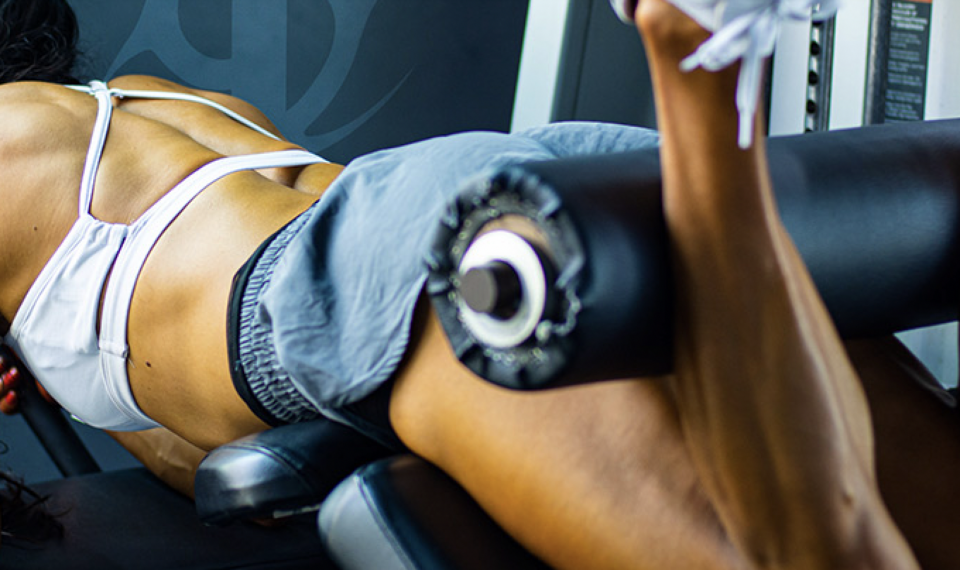To effectively target and develop your hamstrings, it’s essential to incorporate two types of exercises into your workout routine:
- Knee Flexion Exercises: These exercises involve movements that flex your knee joint, focusing on the contraction of the hamstring muscles.
The reason behind incorporating hamstring curls into your routine is that all three major hamstring muscles, with the exception of the biceps femoris short head, play dual roles as hip extensors and knee flexors. Therefore, to comprehensively train your hamstrings, it’s vital to include exercises that work both aspects of these muscles. Hamstring curls specifically target the hamstring muscles through knee flexion.
The most common way to perform hamstring curls is using the lying hamstring curl machine. In this exercise, your hips remain relatively extended and locked in place, while the emphasis is placed on isolating the knee flexion. This allows for a solid contraction of the hamstrings, and various techniques can be applied to enhance its effectiveness, such as one and one-quarter reps, 2/1 eccentrics, iso-dynamic movements, 21’s, and more.
However, there’s another valuable exercise variation for hamstring development: the Seated Hamstring Curl.
The Seated Hamstring Curl Advantage:
Seated hamstring curls differ from lying curls in that they position your hips in a more flexed stance. This seated position offers distinct benefits as it better loads the hamstrings at extended muscle lengths. Training your muscles at longer lengths generates significant mechanical tension, providing a potent stimulus for muscle growth. This is often considered more effective than training at shorter muscle lengths, although both types have their place in a well-rounded training program.
Common Mistakes to Avoid:
- Improper Alignment: Ensure your knees align with the axis of rotation of the machine.
- Lack of Stability: Lock yourself firmly in place and maintain a secure grip on the knee pad in front.
- Inadequate Knee Extension: Fully extend your knees to maximize the active stretch of your hamstrings.
- Incomplete Range of Motion: Remember to fully flex your knees and contract vigorously at the bottom of the movement.
- Hip and Torso Positioning: Maintain hip flexion and an upright torso throughout the exercise.
Extra Consideration:
Interestingly, seated hamstring curls, despite their similarity in appearance to lying curls, share more genetic resemblance with stiff-legged or Romanian deadlifts. This genetic analogy highlights the difference in how these exercises load and stimulate the hamstrings.
Therefore, if you lack access to a seated hamstring curl machine, substituting this exercise with a hip hinge that emphasizes hamstring stretch, such as a stiff-legged or Romanian deadlift, is a better choice than simply opting for the lying hamstring curl machine.
Moreover, if you already include deadlifts in your workout routine, you might want to avoid targeting your hamstrings in a similar manner on the same training day. To optimize your training, you could split your lower-body workouts as follows:
Lower Body Workout A:
- Seated hamstring curl
- Squat or leg press
Lower Body Workout B:
- Stiff-legged or Romanian deadlift
- Lying hamstring curl
By separating seated hamstring curls from deadlifts on different training days, you can potentially enhance your ability to recover from high-frequency lower-body workouts. Experiment with this approach to find what works best for your specific training goals and recovery capacity.

